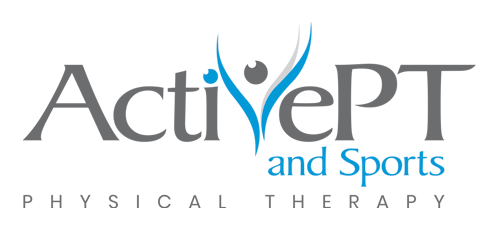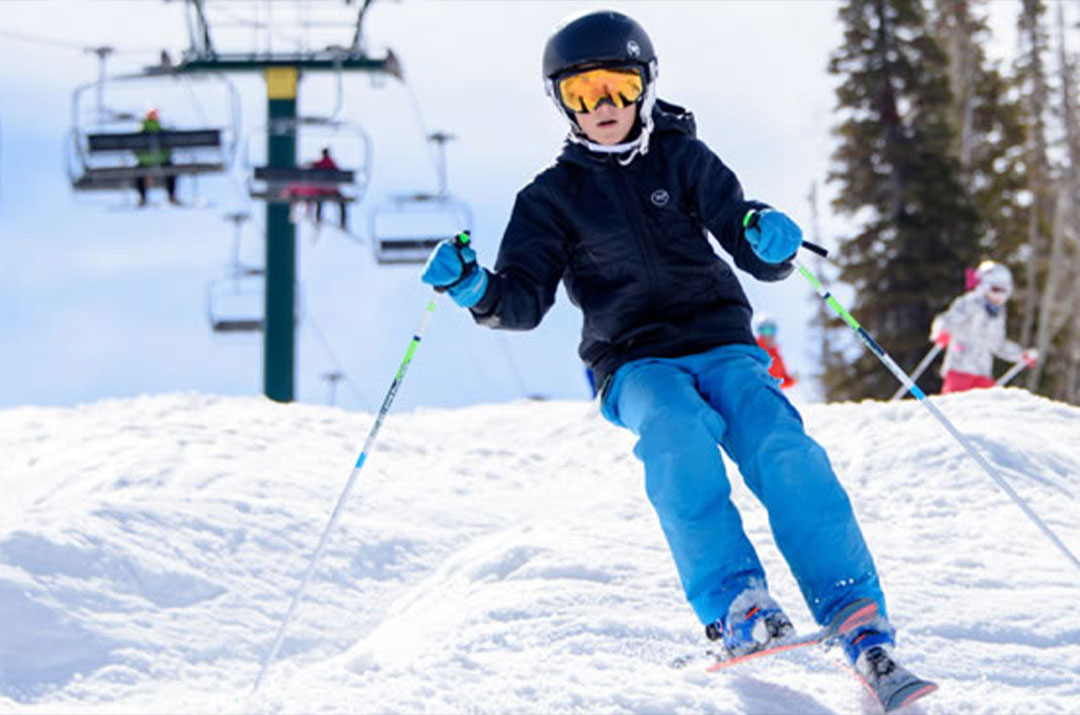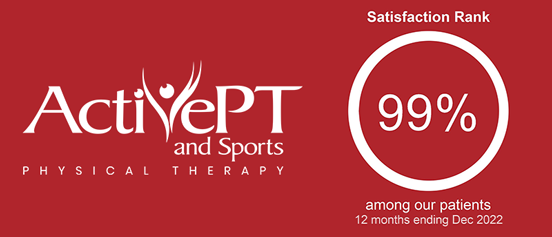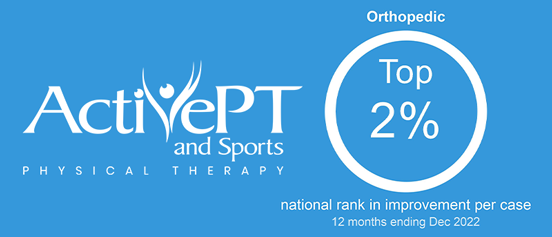By Savannah Meaike, DPT
Welcome to another Minnesota winter! It’s time to embrace the snow and enjoy the “winter ways” to stay active. Many recreational skiers may only get out a few times each winter, resulting in increased muscle soreness and risk of injury. Even seasoned skiers would benefit from the reduced risk of injury that comes from preparing for the ski season. We want to help you to prepare for your long days on the slopes and remain injury free.
You may think, “I have never prepared for my skiing and the past, it seems to turn out just fine.” Well here are some benefits of getting fit for ski season: Less exhaustion and soreness at the end of each day, less likely to fall and injure yourself, have more fun and show up your friends with improved skills on your skis.
Studies have shown that leg dominance is a risk factor for hip, knee, and ankle injuries in downhill skiers. You likely know which leg is your dominant leg, as it is typically easier to complete turns towards your dominant side. However, if you are unsure one way to quickly find out which leg is your dominant leg is to perform a single leg deadlift on each leg. You will likely feel more comfortable and stable on one leg. So exercises to improve the strength and control of your non-dominant side can help you reduce your risk of leg injuries, and make you more comfortable with turning on your skis.
Additionally, you can reduce your risk of skiing related injuries by keeping your weight evenly distributed in your feet. Keeping your weight more on your toes than your heels will make you less likely to lose control of your skies and wipe out. Keeping your weight in your heels will cause you to struggle with turning and use more energy.
So how can you prepare and train for your upcoming ski trip from the warmth of your home? Let’s first take a look at which muscles are most active during the sport.
- Core (abdominals and obliques)
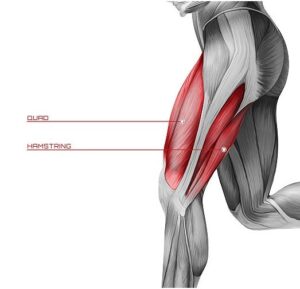
- Glutes (gluteus max and medius)
- Thigh (quadriceps and hamstrings) https://geauxchiro.com/blog/quads-vs-hamstrings
- Ankle (peroneals, dorsiflexors and plantar flexors)
- And don’t forget about Biceps and triceps, to propel yourself between lifts with your poles
The majority of these prime mover muscles used in skiing contract eccentrically. This is a complicated way of saying that the muscle lengthens as it contracts. This is the same way your muscles work as you walk down stairs or run downhill.
Alpine skiing is a unique activity for your muscles. The speed of contraction during skiing is relatively slow compared to other activities such as running. This is because the hip angle does not change significantly during a turn in skiing (i.e. you are staying in a squatted position throughout the entire activity), so the speed of your muscles contracting is relatively slow.
Because of this unique type of stress on your muscles, the type of pre-season preparation for alpine skiing should involve mostly lower body exercises, be mostly eccentric exercises, and should focus on a slow rate of contraction. I know this sounds complicated, so I will make it simple! Concentrate on slow moving exercises that translate well to the motions involved in skiing.
Watch these videos for simple ideas of pre-season skiing training exercises:
[su_youtube url=”https://www.youtube.com/watch?v=APgDwcQJomI”]
Preventing muscle soreness can make your days on the slope much more enjoyable, during and after. Start with a dynamic (moving) warm-up before rolling out of the bed to the ski lift. This means, rather than holding stretches, walk or move while you stretch. This method has been proven to reduce the risk of injury. Stretching at the end of the day also helps reduce the achiness in muscles after a hard day of work. Of course enjoy your time in the hot tub as a fun way to keep the soreness at bay.
Day two of skiing: know the difference between skiing on achy muscles or skiing on an injured muscle.
